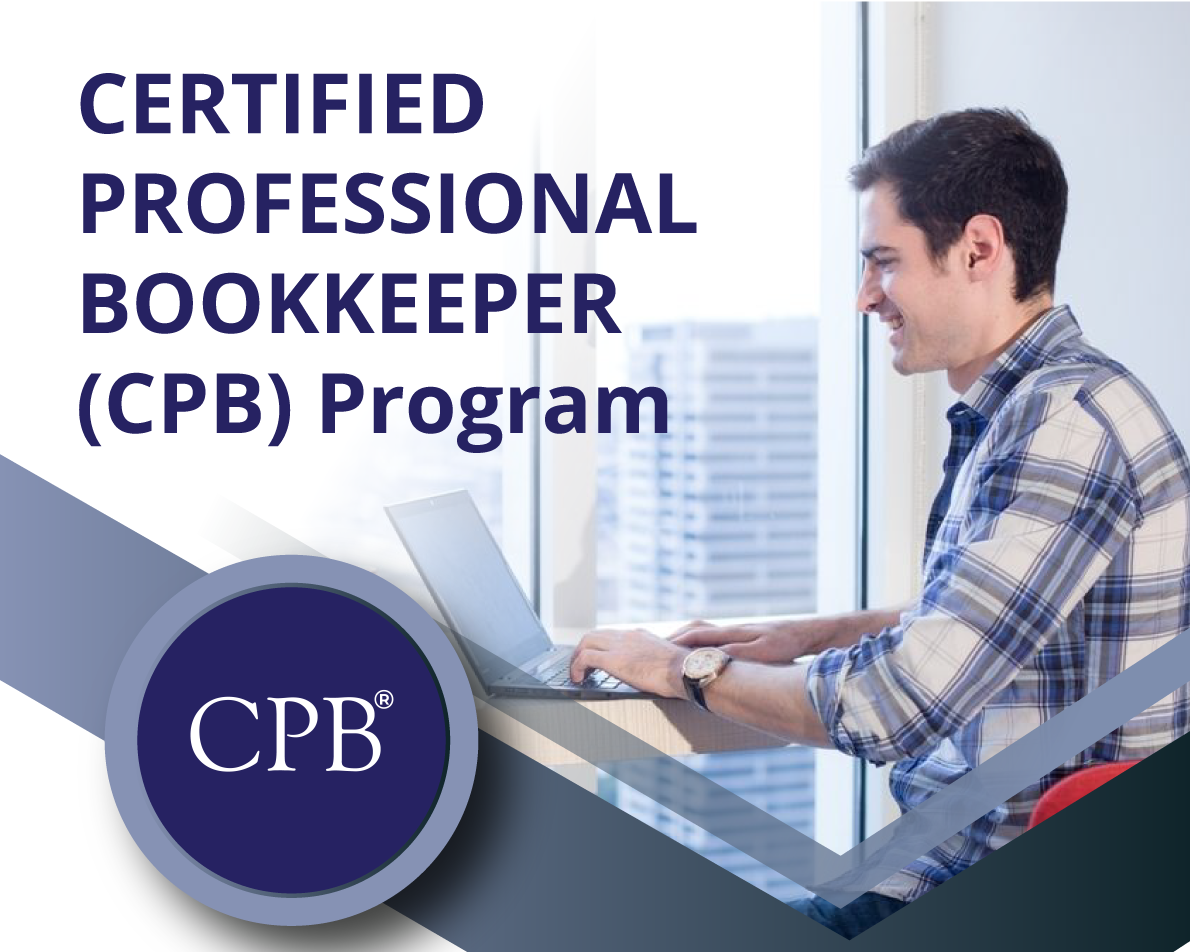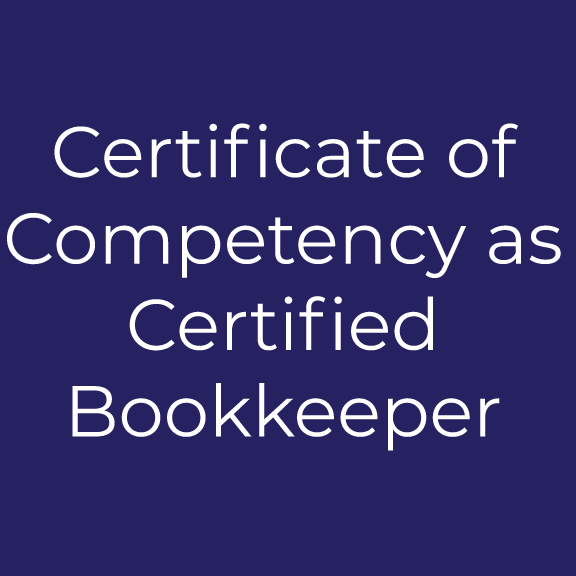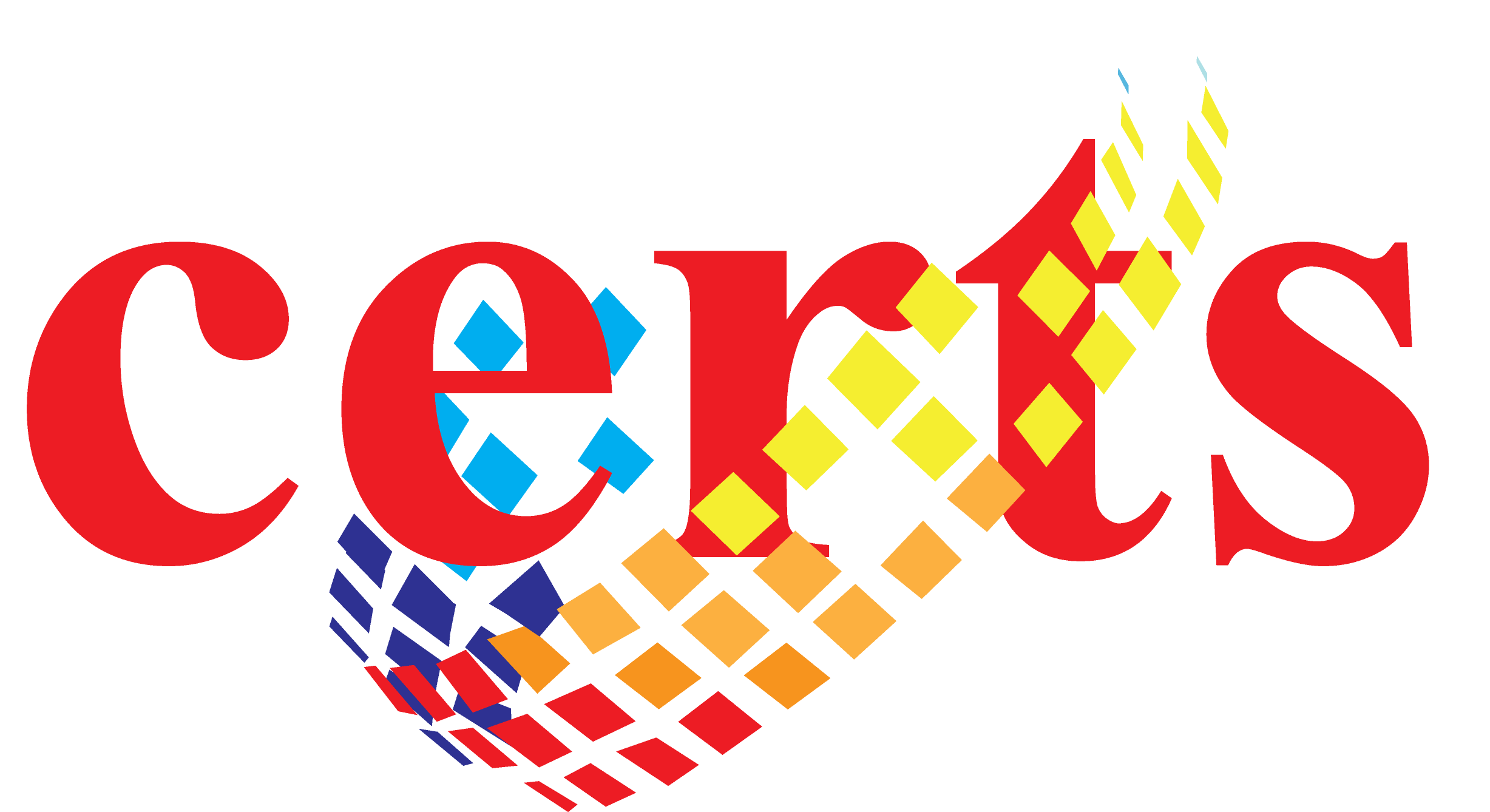
UPCOMING SCHEDULE
Student
per Level
Professional
per Level
Already Qualified?
Submit your credentials for
Recognition of Prior Learning (RPL)
Overview
CPB Level 1

Certified Bookkeeper
CPB Level 2

Certified Professional Bookkeeper
Bookkeeping is the backbone of the accounting records. It is the basis of financial reporting leading to reasoned economic decisions. An unreliable and inaccurate financial recording system would lead to irrelevant financial reports.
Bookkeeping is proprietary and is an integral part of the management resources. The forms developed and used in financial recording, the manner of safekeeping transactional records, the objectivity in maintaining financial and related evidentiary documents, and the process of data retrieval in an efficient way greatly define how a bookkeeping system is employed in an organization. The science of bookkeeping has been proven in centuries and has been ubiquitously serving specific and vital needs of entrepreneurs, community leaders, regulators, and corporate executives in various industrial and commercial activities. The demand for bookkeeping services has been steady and evolving. On top of its impeccable systems and processes bookkeepers continually redefine their relevance in serving the financial information needs of various parties and the public in general.
It is doubtful if bookkeeping can be totally replaced by machines in the near future. Repetitive processes may be performed by an accounting software, however, data analytics, non-repetitive transactions, adherence to ever changing financial reporting standards, compliance to new government regulations, and the demanding needs of decisions makers would make bookkeepers relevant in the decades to come. This drives bookkeepers, numbering to millions globally, to continuously upskill their techniques and be more vigilant to developments besetting business organizations to safekeep their books and make relevant and timely reports.
Benefits of CPB
- Entitlement to the post nominal, CB and CPB.
- Designation as
— Certified Bookkeeper
— Certified Professional Bookkeeper
Course Outline
Certified Bookkeeper
Financial recording process
- Accounting elements
- Accounting equations
- Transaction analysis
- Accounting records
- Transactions recording
Preparation of financial statements for servicing business
- Trial balance
- Adjusting journal entries
- Worksheet for the preparation of financial statements
- Financial statements
- Post-reporting activities
Accounting for merchandising operations
- Recording purchases transactions
- Recording sales transactions
- Merchandise inventory accounting
- Merchandise inventory stock cards
- VAT transactions
- Adjusting journal entries
- Financial statements for merchandising business
- Post-closing entries for merchandising business
Special journals
- Different special journals
Voucher system
- Voucher system
Cash controls
- Petty cash fund accounting
- Bank reconciliation
Single-entry accounting
- Account valuation and profit computation
- Journal entries in setting up the double-entry accounting
Correction of errors
- Types of accounting errors
- Correcting entries
- Determination of corrected profit or loss
Basic financial statements analysis
- Horizontal, vertical, and trend analysis
- Leverage ratios
- Profitability ratios
- Growth ratios
- Liquidity ratios
How to Get Certified
Training
Register for the CERTS training to gain access to learning resources such as video lectures, study notes, exercises, and assessments.
Attend the live Online Mentoring Session (OMS) as schedule to further refine your preparation.
Simulation Exam
Take the Simulation Examination (SimEx) as scheduled. It comprises of sixty (60) questions for three (3) hours. A learner must earn a rating of at least 35/60 to qualify for the Actual Examination. A learner who failed the SimEx may retake on the next schedule for a minimal fee.
Examination
Qualified candidates shall be indorsed for the CPB examination(s) as scheduled. The examination comprises of sixty (60) questions budgeted for three (3) hours. An examinee must earn a minimum rating of 30/60 to pass.
Title / Certification
Candidates who passed the CPB examination(s) may now apply for certification.
